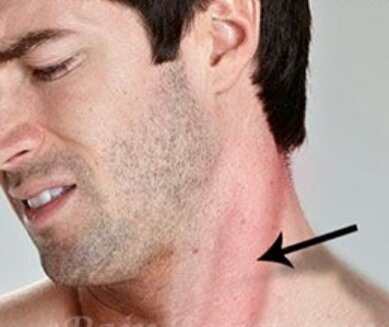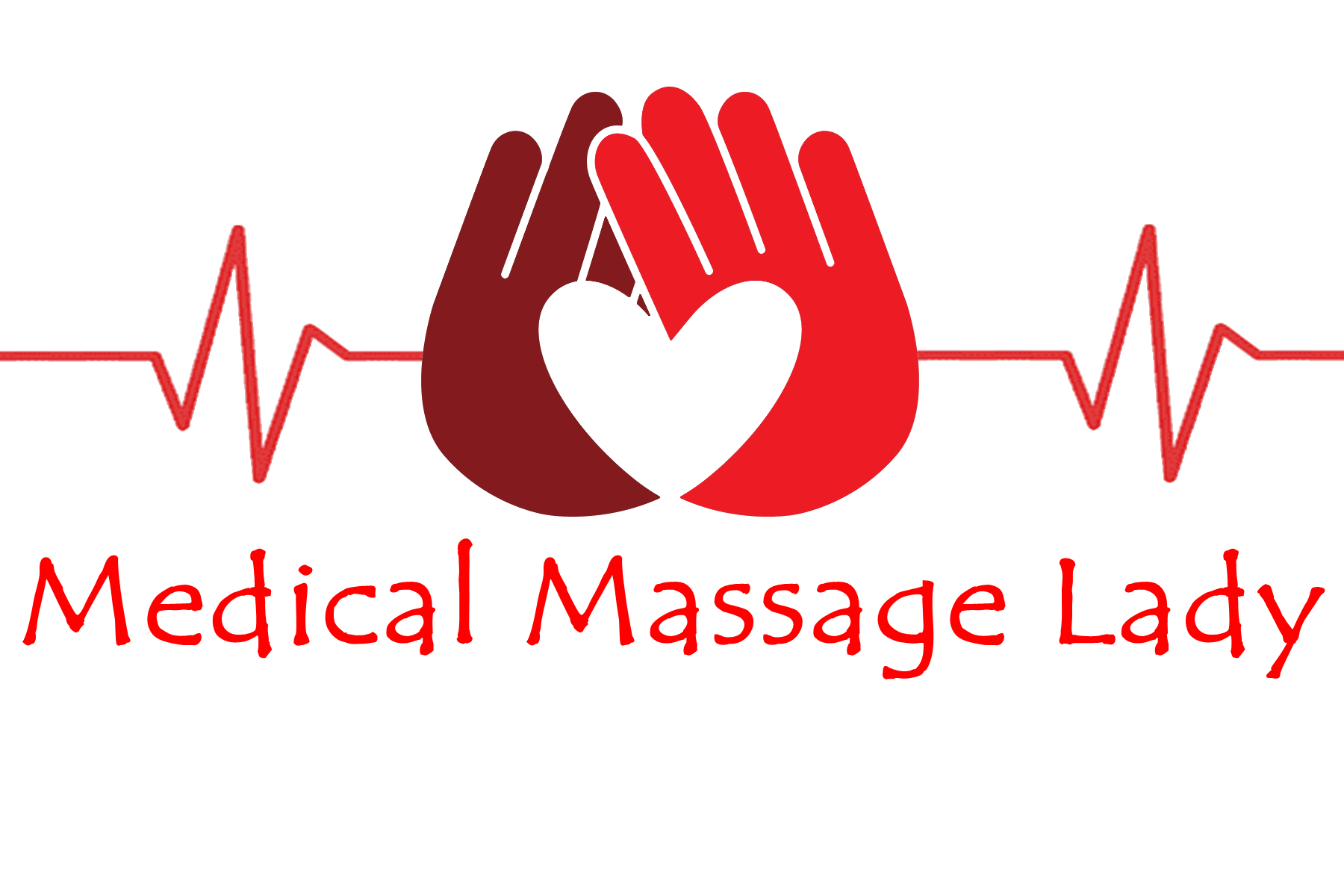- 07736 104738
- sam@medicalmassagelady.com
- Mon - Sat, 8:00 - 18:30
Torticollis(otherwise known as wry neck or neck dystonia) is a painful flexion/extension/twisting and tilting of the neck beyond its normal position, which causes the head to tilt to one side. It can be congenital or acquired, often due to damage of the neck muscles or blood vessels. While it may be temporary the chances of reoccurrence are high, and the stiffness and debilitating pain can make performing daily activities difficult.
Types of torticollis:-
• ACUTE/FIXED TORTICOLLIS - usually due to a problem with the muscular or bone structure, but can be caused by twisting the neck too far, creating pain when moving the head to the opposite side, thus restricting movement. This causes you to hold your head straight or rotated to one side. The neck muscles on the affected side that hurts are often tender to touch
• MUSCULAR TORTICOLLIS - the most common type of fixed torticollis, caused by scarring or tight muscles on one side of the neck
• CERVICAL DYSTONIA/SPASMODIC TORTICOLLIS - occurs due to family history, involuntary contractions of the neck muscles that lead to spasmodic twisting of the neck and awkward posture of the head and neck. This usually begins between 31-50 years of age and can become permanent if untreated This rare disorder is sometimes referred to as spasmodic torticollis. It causes neck muscles to contract in spasms. If you have cervical dystonia, your head twists or turns painfully to one side. It may also tilt forward or backward. Cervical dystonia sometimes goes away without treatment, but there’s a risk of recurrence.
Cervical dystonia can happen to anyone. However, it’s most commonly diagnosed in people who are roughly ages 40 to 60. It also affects more women than men.
• TEMPORARY TORTICOLLIS – usually lasts just 1 or 2 days due to a cold, swollen lymph nodes, ear infection or a head/neck injury with inflammation
• KLIPPEL – FEIL SYNDROME - rare, congenital form, due to the bones in a baby’s neck developing incorrectly, (2 neck vertebrae being fused together) This may cause hearing and vision problems
• BENIGN PAROXYSMAL TORTICOLLIS OF INFANCY (BPTI) - is rare, characterized by recurrent episodes of tilting of the head to one side
Torticollis is usually temporary and can be treated if caused by injury or illness, whereas congenital forms can cause the following:-
• swollen neck muscles
• neurological symptoms from compressed nerves
• chronic pain
• difficulty performing basic daily activities
• inability to drive
• difficulty socializing
• isolation
• depression
There is a higher success rate of treatment in congenital forms if done as an infant.

RISK FACTORS/CAUSES:-
• genetic
• baby’s head being in the wrong position in the womb
• trauma during childbirth
• congenital muscular torticollis - postural physical deformity present at birth due to shortened/ scarred sternocleidomastoid muscle on one side of the neck. Sleeping with the head in the same position often accompanies muscular torticollis
• trauma to the muscles, nerves or blood vessels in the neck or spine
• infection of the head or neck – inflammatory torticollis where muscles overlying lymph nodes may contract (when associated with abscesses in the throat this can be life threatening)
• adverse reaction to medication eg. neuroleptic drugs - prochlorperazine, haloperidol and chlorpromazine can cause a lack of normal muscle control
• Drug abuse eg. ketamine, amphetamines, and cocaine • other medical conditions eg.tumours, scar tissue, arthritis of the cervical spine, or vascular abnormalities • cause is often unknown - idiopathic torticollis
SYMPTOMS:-
Symptoms may progress slowly and worsen over time.
• inability to move your head normally
• neck/shoulder/back pain
• stiffness
• burning sensations
• headache
• one shoulder higher than the other
• swollen neck muscles
• neck muscle spasms that are sustained (tonic) or jerky (clonic)
• head turned to one side
• tilting of your chin to one side
• deviation of the eyes (oculogyric crisis)
• protrusion of the tongue (buccolingual crisis)
• in benign paroxysmal torticollis in infants - vomiting, irritability, and drowsiness
• in congenital forms - flattened and unbalanced facial appearance, motor skill delays or hearing and visual problems
SEEKING MEDICAL ATTENTION?
In rare occasions, the following may apply and require emergency medical care:-
• trouble breathing or swallowing
• numbness in your arms and legs
• urinary hesitancy, urinary or faecal incontinence
• weakness in your arms and legs
• impaired speech
• difficulty walking
• spasm of the neck muscles associated with fever, swollen glands, headache, neck stiffness, mouth or tongue swelling, or trouble swallowing,

TREATMENT:-
Treatment is most successful if started early especially for children. The aim is to relax the contracted neck muscles, and generally it resolves in a few days to a few weeks, but some will continue to have neck problems for months to years. applying heat
• massage
• physiotherapy
• traction
• stretching exercises
• neck braces
• medication may help - muscle relaxants, anti spasmodic medication, botulinum toxin injections repeated every few months, pain medication
• surgery - fusing abnormal vertebrae, lengthening neck muscles, cutting nerves or muscles
• deep brain stimulation to interrupt nerve signals (only in the severe cases of cervical dystonia) Temporary relief for torticollis?
• lying on your back as symptoms often disappear during sleep
• touch the opposite side of the face, chin, or neck can trick your brain and help spasms stop temporarily
• apply heat to help loosen tight muscles
• stress-reduction techniques as stress can worsen symptoms
• passive stretching in infants
• in older babies, facilitating active movement by using sights/sounds to get a child to turn their head in a certain direction
• neck exercises as recommended by physio
MASSAGE THERAPY FOR TORTICOLLIS
-one of the most effective treatments for acute torticollis
• relieves painful muscle spasms in the neck • relaxes and stretches the contracted muscle
• will relieve pressure on any nerves that are compressed by tight muscle
• avoids impingement of nerves in the neck, leading to numbness and tingling in the hand and arm on the affected side, which is seen in chronic cases
• to treat torticollis which is not due to a cervical tumour, abscess, herniated cervical disk, infected tonsils, or neurological disorders
A massage treatment may involve:-
• heat
• gentle massage
• traction
• passive stretching
- The treatment will predominantly work on stretching and mobilising the sternocleidomastoid muscle which turns and tilts the head and tilts the head. The goal is to relax the superficial tissues first and then work more deeper, into the sternocleidomastoid muscle, using fingertips, knuckles or palm to stretch the muscle lengthwise and crosswise, being careful not to press the carotid artery
- as the neck muscles relax, attempts to move the neck in its full range of motion will be made, applying gentle traction to stretch the muscle fibres and hold the position for a few seconds. Contracting the muscle against resistance may also provide an opportunity to stretch it further upon relaxing the muscle
- once the muscles are more relaxed, the therapist can look for trigger points, (tightened nodules of muscle fibre), often the most painful spots in the muscle.
Pressing each trigger point will help it relax
- alternating hot and cold packs for 10 mins at a time following the massage and doing gentle stretching exercises will help to keep the muscle relaxed




